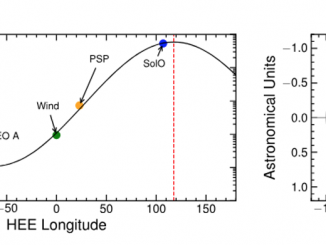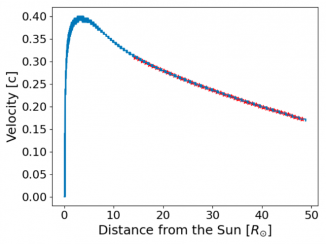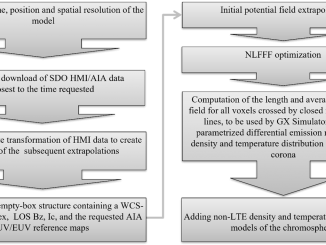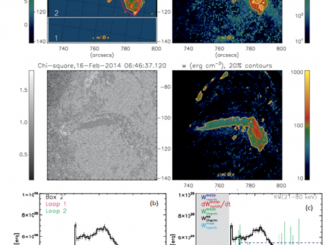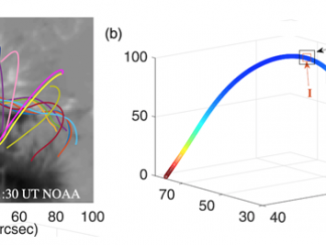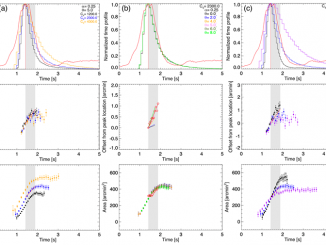Multispacecraft Analysis and Modeling of Type III Radio Burst Exciter Deceleration in Inhomogeneous Heliospheric Plasma F. Azzolini et al.
Electron beams accelerated in solar flares and escaping from the Sun along open magnetic field lines can trigger intense radio emissions known as type III solar radio bursts. However, the propagation dynamics of these electrons is still poorly understood and observationally constrained (Dulk et al 1987, Krupar et al 2015). Historically, single-spacecraft measurements have suggested deceleration but suffered from large uncertainties due to unknown source position. By leveraging four spacecraft […]

